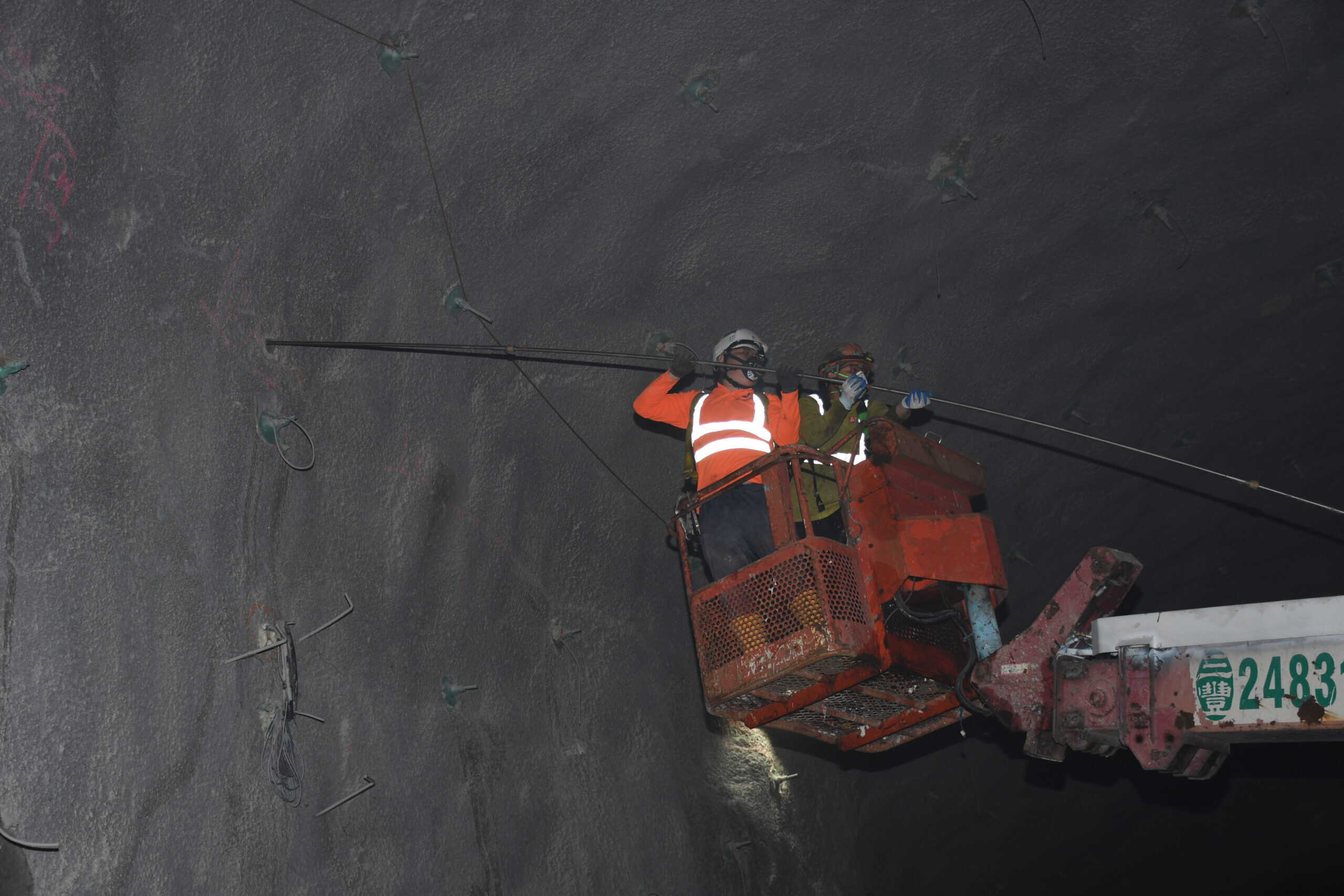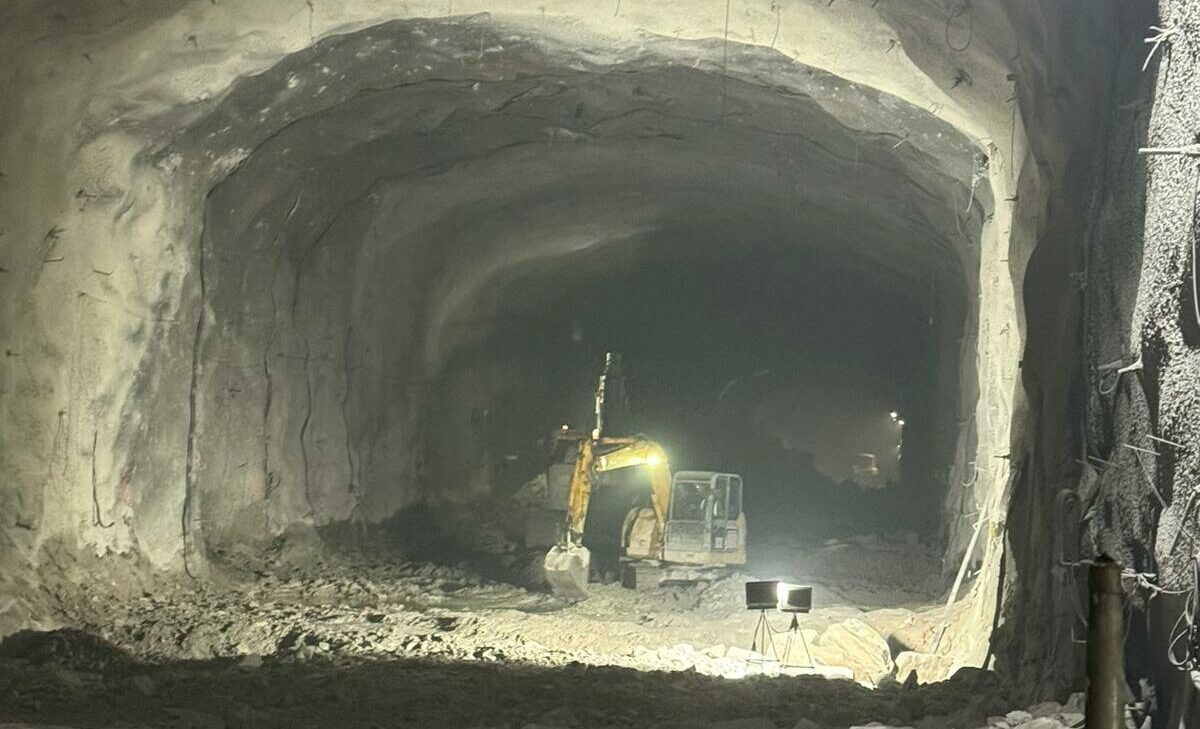Cavern Monitoring for the new Sha Tin Sewage Treatment Works | Hong Kong SAR
Project summary
Not In My Backyard
In an effort to relocate a series of public facilities to caverns, the HKSAR Government commissioned the creation of a new cavern for the Sha Tin Sewage Treatment Works (STSTW). Releasing 28 hectares of land, the project will enable a much more effective use of the overground land.
The aging treatment works not only occupies valuable land, but also falling behind on treatment capacity against the new town’s population growth. In addition to freeing the land, relocating the works will increase its capacity and efficiency, allowing the the sewage treatment process to become much more effective.
Carving A Way Through
The construction works was commenced in February 2019, and the whole project is expected to be completed in the year of 2031. Blasting was utilized to carve the access tunnel, as well as the body of the cavern in solid rock.
Sixense was contracted to install a total of 14 instrumentation arrays to closely monitor the structural stability of the cavern. The arrays were designed to show the 3D deformation, angular distortion, as well as the convergence of the newly created structure, as blasting is both a high-impact and a high-risk construction method.
Swift and Steady
Sixense provided experienced technicians and engineers to help install the monitoring arrays on the selected sections of the cavern walls. Instrumentation an array include: load cells, vibrating-wire strain gauges, vibrating-wire piezometers, multi-point borehole extensometers, and door-stopper strain gauges. We produced custom data-loggers especially modified for this project, enabling real-time transmission of the monitoring data from all the sensors.
We continuously adopt the arrays to the needs of our Client, re-configuring each array over the monitoring period as the blasting operations went on. Sensors in such a tough environment are especially high-maintenance, so we put safety precautions in place to help our sensors survive the impact, and to make sure that they function to record the blasting events.

